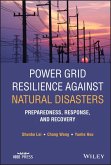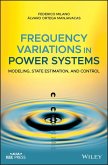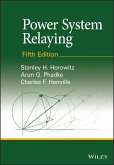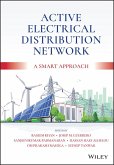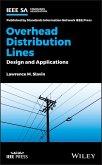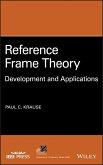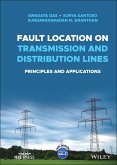A revised and updated text that explores the fundamentals of the physics of electric power handling systems The revised and updated second edition of Electric Power Principles: Sources, Conversion, Distribution and Use offers an innovative and comprehensive approach to the fundamentals of electric power. The author - a noted expert on the topic - provides a thorough grounding in electric power systems, with an informative discussion on per-unit normalisations, symmetrical components and iterative load flow calculations. The text covers the most important topics within the power system, such as protection and DC transmission, and examines both traditional power plants and those used for extracting sustainable energy from wind and sunlight. The text explores the principles of electromechanical energy conversion and magnetic circuits and synchronous machines - the most important generators of electric power. The book also contains information on power electronics, induction and direct current motors. This new second edition includes: * A new chapter on energy storage, including battery modeling and how energy storage and associated power electronics can be used to modify system dynamics * Information on voltage stability and bifurcation * The addition of Newton's Method for load flow calculations * Material on the grounding transformer connections added to the section on three phase transformer * An example of the unified power flow controller for voltage support Written for students studying electric power systems and electrical engineering, the updated second edition of Electric Power Principles: Sources, Conversion, Distribution and Use is the classroom-tested text that offers an understanding of the basics of the physics of electric power handling systems.
Dieser Download kann aus rechtlichen Gründen nur mit Rechnungsadresse in A, B, BG, CY, CZ, D, DK, EW, E, FIN, F, GR, HR, H, IRL, I, LT, L, LR, M, NL, PL, P, R, S, SLO, SK ausgeliefert werden.



